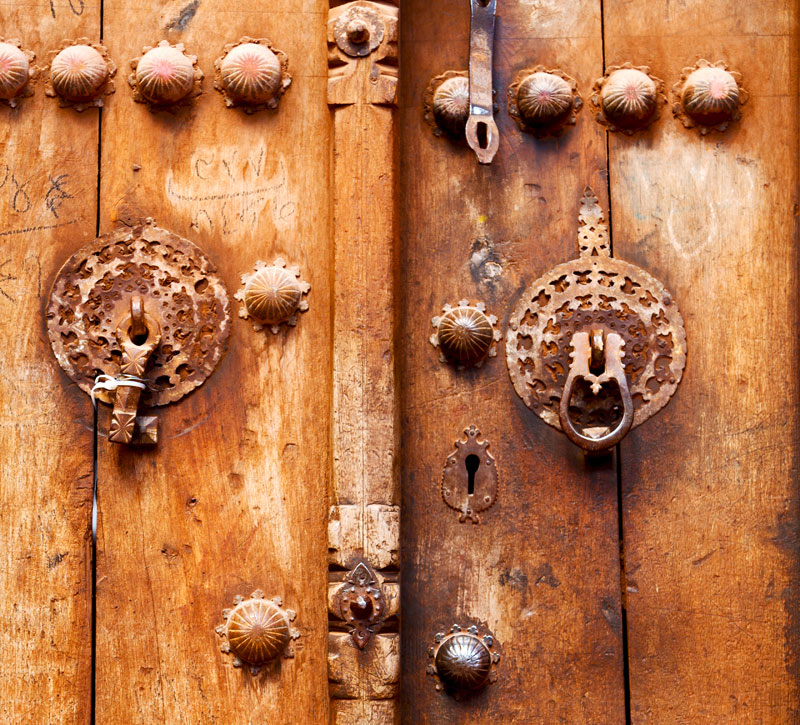There’s a misconception that collecting is antiques is expensive and intimidating, making it a hobby that’s the preserve of the wealthy. This isn’t the case though and if you’re looking for a hobby which will give you many years of pleasure whilst adding a touch of unique history to your home, antique collecting would be perfect for you. When you think of ‘antiques’ the chances are that ornate furniture or ceramics spring to mind. There’s so much more to antique collecting than this, so from toys or coins, through antique silver or jewellery, the key to successful collecting is to choose what you love and interests you.
With this in mind, a great way to get started is to take a little time to explore what you think might interest you. It can be helpful to consider questions such as what you plan to do with your collection, or is there an era that you’re particularly interested in, such as Georgian, for example. You could also think about specific pieces that fascinate you, such as hand tools or kitchen paraphernalia, and what type of items tend to catch your eye when you’re browsing through an antiques shop or market.
What does antique really mean?
For most items to be considered antique they must be at least 100 years old. However, something newer can stil be considered valuable and collectable, although it’s vintage rather than antique. If you’re buying items simply because you love them and you want them in your home, this distinction isn’t particularly important, but it is a factor to consider if you want to buy items to sell on at a later date.

What’s your antique collecting goal?
It’s important to know how antique values work, regardless of whether you’re simply collecting pieces for pleasure, or buying investment pieces. Although sellers can put any price they want on an item, this doesn’t mean that the item is worth this much. Buying antiques is different to buying other items so you need to consider whether the price being asked is fair.
Determining the price of antiques takes experience, but there are a number of things you can consider. Think about how rare an item is, in other words: how many of this item are there? What’s the condition of the item like? Is it damaged or does it have a lot of wear? Does the item have any artistic merit?How old is the piece and is there any information on its provenance or history? Last and by no means least, what is the quality like? Has it been well made using the best materials?
Collecting Chinese antiques
Collecting Chinese antiques has become increasingly popular in recent years, largely due to the simple, clean styling of many items of pieces of furniture, making them easy to incorporate into contemporary interiors. A huge range of original Chinese antiques are imported into the UK every year, with items ranging from furniture such as altar tables and tea chests, through to ceramics, wall hangings and ornamental items.
You’ll find that many pieces of antique Chinese furniture available in the UK have been restored and when sympathetically done by skilled craftsmen, this brings items back to their original beauty, without losing any of their original charm. With such a wide range of items to choose from, collecting Chinese antiques is an enjoyable hobby which will enhance your home’s appearance.
Collecting Victorian antiques
Interest in Victorian antiques never seems to wane and this could be due to the UK’s vast stock of Victorian-era housing. As a result, it’s possible to buy everything from Victorian bathroom fittings through to clothing and jewellery.
Genuine Victorian antiques are very much in demand and because pieces from the period are much copied, it can be difficult to find the real thing. However, finding and buying original Victorian items is the perfect way to bring touches of such a graceful and elegant period into your own home.
Collecting Georgian antiques
Covering the period from 1714 through to 1837 when Queen Victoria was crowned, the Georgian era doesn’t represent just one style of antique furniture. Instead, you’ll find that Georgian antiques encompass styles including Regency, Neoclassicism and Chippendale.
The usual rules apply when looking for Georgian furniture, so keep an eye out for a high standard of craftsmanship combined with a high quality finish. If Georgian furniture appeals to you, you’ll find a wide range of stunning pieces to choose from which, thanks to their elegant design and styling, sit comfortably inside homes of today.